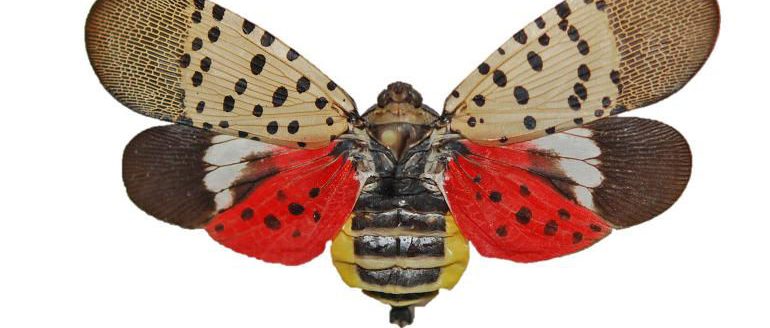Crop researcher’s work on night-time temps earns acclaim
A Kansas State University researcher whose work is helping to redefine the way that farmers and plant breeders view the impact of night-time temperatures on farm crops has been recognized by a publication that promotes innovation in science.
Krishna Jagadish, an associate professor in K-State’s Department of Agronomy, is the co-author of an article just published in the journal, Trends in Plant Science, that explains why crops and other plants lose water as a result of high temperatures at night.
“In climates like we have in Kansas, where the nights are warmer, it’s common for plants to lose water (overnight), which is very precious for many of our crops,” Jagadish said. “In turn, that translates into increased drought periods that will affect the quantity and quality of our yields.”
In plants, water passes through the stomata, which are small pores in the epidermis of leaves, stems and other organs. During the day, the stomates open to allow water to be taken from the plant’s roots, then trade that water with carbon dioxide so that photosynthesis (and thus, plant growth) can occur.
“Normally, plants keep their stomates closed during the night, and thus would lose very little water during the night when photosynthesis can’t take place,” Jagadish said. “But with warm night-time temperatures, atmospheric drying takes place because the higher temperatures are forcing the plant to open the stomates, at least partially.”
The result is that the plant loses some of the water that otherwise would be used to help with photosynthesis the next day, according to Jagadish.
“We don’t yet know how much water is being lost in Kansas farm crops,” Jagadish said. “If the night-time conditions are really warm, we could be losing as much as one-third to one-half of what those plants would normally lose during the daytime.”
Jagadish and his research team are about to enter a third summer of testing the impact of high night-time temperatures on farm crops. They have built specially-designed heat tents north of the Kansas State University campus in Manhattan to simulate varying conditions and determine how crops—specifically wheat—react.
Their work so far is the basis for the article that is now available in Trends in Plant Science.
“The article compares a number of different crops, including forestry species,” Jagadish said. “The focus has been on rice and wheat, (but) I don’t see any reason why corn or sorghum will behave any differently, because they also have stomates.”
One option to help farm crops grow—though, perhaps not ideal—is to provide more water to the plants during the day. “But since water is more scarce, and it costs farmers to deliver that water, a better option is to breed for more drought tolerant crop varieties,” Jagadish said.
Jagadish’s work on the K-State campus includes growing 320 varieties of wheat inside the heat tents to identify which ones contain traits that could resist the negative impacts of high night-time temperatures.
“We hope to identify those lines that are not losing yield or quality even when we increase the night-time temperature by 4 degrees Celsius (or an additional seven degrees Fahrenheit),” he said. “That seems to be the point when we start to see how it is regulating its stomata, whether it is losing water during the night, and if it is more water efficient.
“When we see that, we might either have a variety that is more tolerant to drought and high night time temperature, or we’ll find the mechanisms in wheat or rice that better regulate the stomata during the night. Then, we can take some of those traits into breeding future crops.”
Jagadish noted that Trends in Plant Science is one of the top-rated publications globally for sharing innovative ideas, opinions and perspectives related to growing crops and other plants. The article he has written was co-authored by Walid Sadok, an assistant professor at the University of Minnesota.


